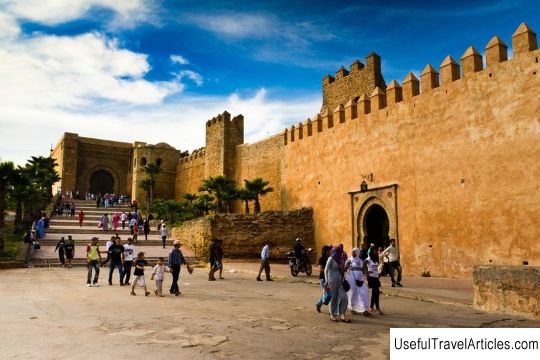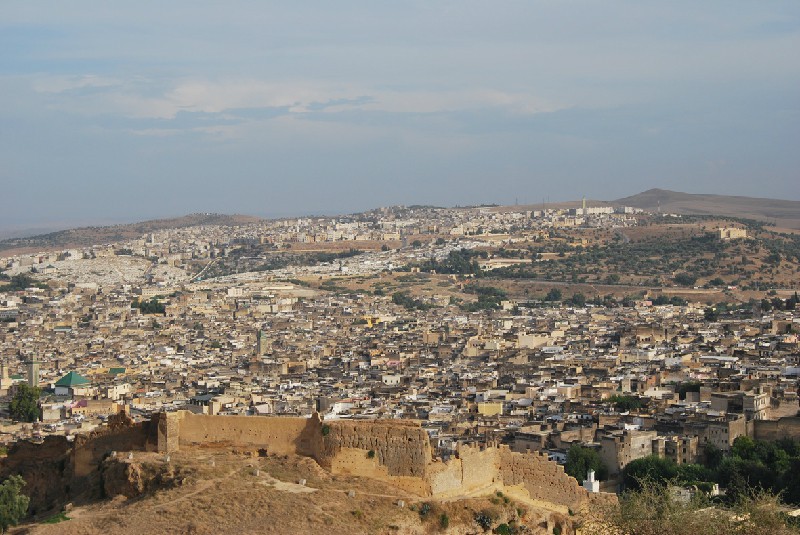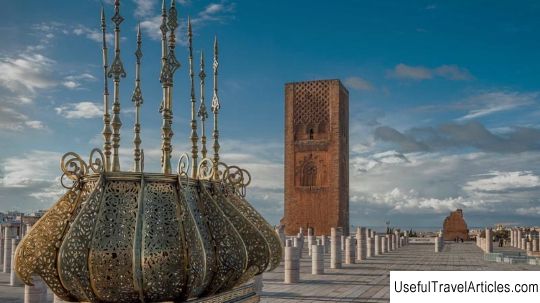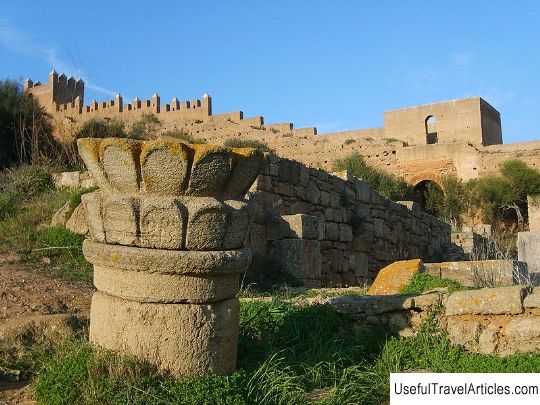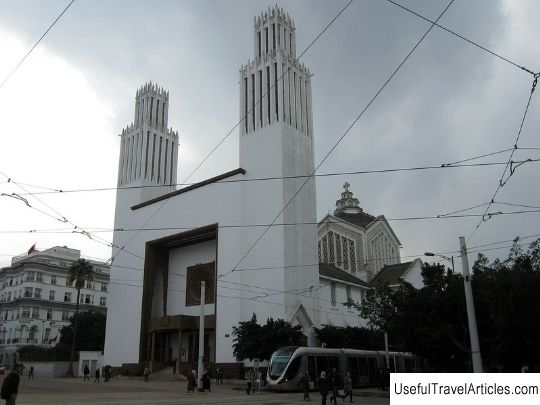Information about the resort of Rabat in Morocco
Rating: 8,8/10 (8605 votes) 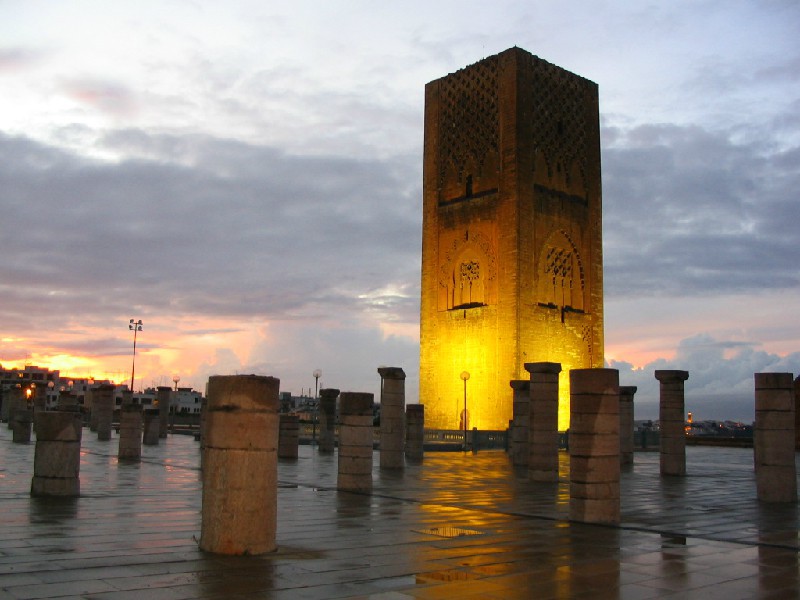 Recreation and tourismThe first settlement on the banks of the Bou-Regreg river appeared in the 3rd century BC and belonged to the Phoenicians. Later, the city, which was a major center of trade, passed to the Romans, then to the Berebers and, finally, to the Almohads. In the 12th century, the Caliph Abd al-Mumin built a fortress in the city, which served as a base for an attack on Andalusia, and a few years later the city began to be called Ribat el-Fath, which means"carrying victory". The heyday of Rabat came during the reign of Abd al-Mumin's grandson Yakub al-Mansur, who, having made the city the capital, significantly expanded it. Under al-Mumin, the most famous city structures were built, such as the Kasbah Udaya fortress. With the death of Yakub al-Mansur, Rabat fell into decay, contemporaries notice that in 1515 there were only about a hundred residential buildings in the city. In the 17th century, Rabat and Sale were united into a republic, which was led by Berber pirates who ruled these places even at the beginning of the 19th century, when the country was already united under the rule of the Alawite dynasty. In 1956, when Morocco became an independent state, King Mohammed V decided to leave Rabat as the capital, in the status of which the city still remains. Rabat is an ancient city with an incredibly rich history, which simply could not but reflect on its architectural appearance and atmosphere. While in Rabat, you should familiarize yourself with the following sights and interesting places. Medina - the heart of Rabat, its oldest, historical district, a kind of piece of the ancient Maghreb in the center of the modern city. Medina is separated from new Rabat by the Andalusian wall, built in the 12th century for protection. Life here flows a little differently than in the rest of Rabat: unhurried and measured, just like many centuries ago. During the reconstruction of the city, Medina was considered a historical heritage and did not change: narrow streets, ancient mosques and, of course, a colorful and noisy market with many shops, shops and shops offering the most incredible goods - all this creates an indescribable atmosphere, somewhat reminiscent of the atmosphere a magical Arabian tale.  Kasbah Udaya is one of the main architectural monuments of Rabat. Originating during the reign of the Almohads, the fortress acquired special significance during the reign of Yakub al-Mansur, who finally completed the citadel, and also erected the famous fortress portal. which, by the way, contains images of animals, which is atypical for Arab art. Outside, the fortress is lined with trees, and inside it is built up with"classic" blue and white Arab houses with blank walls. Part of the fortress has now been turned into a museum, where you can see ancient editions of the Koran, collections of carpets, ancient Moroccan weapons, ceramics, jewelry and musical instruments. Hassan Tower was founded during the reign all the same Yakub al-Mansur was supposed to become the tallest minaret in the entire Islamic world, and the mosque built nearby - the most luxurious. The height of the minaret was supposed to be equal to 86 meters, unthinkable at that time, but with the death of the ambitious emir, construction stopped at 44 meters. Mausoleum of Muhammad V , a UNESCO World Heritage Site, was built from 1961 to 1971 on pillars left over from the never-built mosque near the Hasan minaret. The building was built in strict accordance with the Arab-Andalusian canons by the Vietnamese architect Eric Vo-Toan. The grandiose structure of white Italian marble with a mahogany dome covered with gold leaf on the inside is breathtaking in its lush beauty. Inside the Mausoleum there is a sarcophagus made of Pakistani onyx, in which the remains of Muhammad V, a historical personality and popularly beloved and revered in Morocco, rest. The building was built in strict accordance with the Arab-Andalusian canons by the Vietnamese architect Erik Vo-Toan. The grandiose structure of white Italian marble with a mahogany dome covered with gold leaf on the inside is breathtaking in its lush beauty. Inside the Mausoleum there is a sarcophagus made of Pakistani onyx, in which the remains of Muhammad V, a historical personality and popularly beloved and revered in Morocco, are buried. The building was built in strict accordance with the Arab-Andalusian canons by the Vietnamese architect Eric Vo-Toan. The grandiose structure of white Italian marble with a mahogany dome covered with gold leaf on the inside is breathtaking in its lush beauty. Inside the Mausoleum there is a sarcophagus made of Pakistani onyx, in which the remains of Muhammad V, a historical personality and popularly beloved and revered in Morocco, rest. We also recommend reading Geography and Climate in Ostersund Topic: Information about the resort of Rabat in Morocco. |
